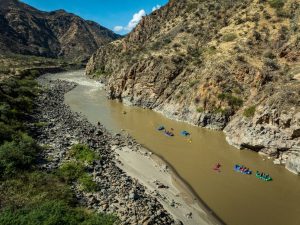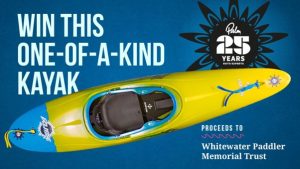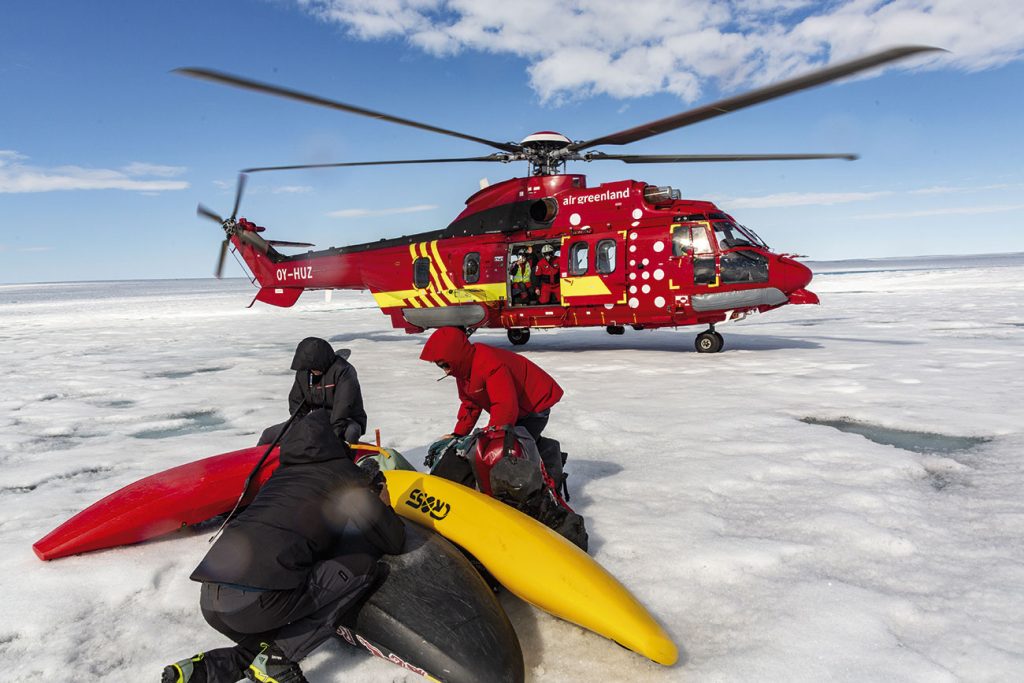
As natural disasters intensify, paddlesports manufacturers are seizing opportunities to meet the growing demand for civil security gear—benefiting both professional responders and recreational paddlers.
The Rising Need for Rescue Equipment
Floods, mudslides, and hurricanes are becoming more frequent, often appearing on our screens and in places familiar to paddlers. The floods in Green River Cove, USA, after Hurricane Helene in October 2024, and the catastrophic floods in Valencia, Spain, soon after, highlight the increasing severity of these events and the urgency of the climate crisis.
With these disasters on the rise, the demand for specialised rescue equipment has surged. Paddlers may recognise gear from familiar brands being used by rescuers in recent news coverage. While this demand arises from tragic circumstances, it also presents a significant opportunity for paddlesports manufacturers.
Paddlesports Gear in Civil Security
Rescue services rely on equipment familiar to paddlers:
Personal protective gear – drysuits, PFDs, ropes, quick-release belts, water shoes, and gloves.
Rescue tools – compact inflatable evacuation sleds, rescue rafts, boats, and paddleboards.
These tools have become essential for evacuations in flood zones and challenging waterways. Though similar to recreational equipment, civil security gear must meet higher technical specifications. As demand grows, manufacturers are adapting their expertise to develop products suited to these extreme conditions.
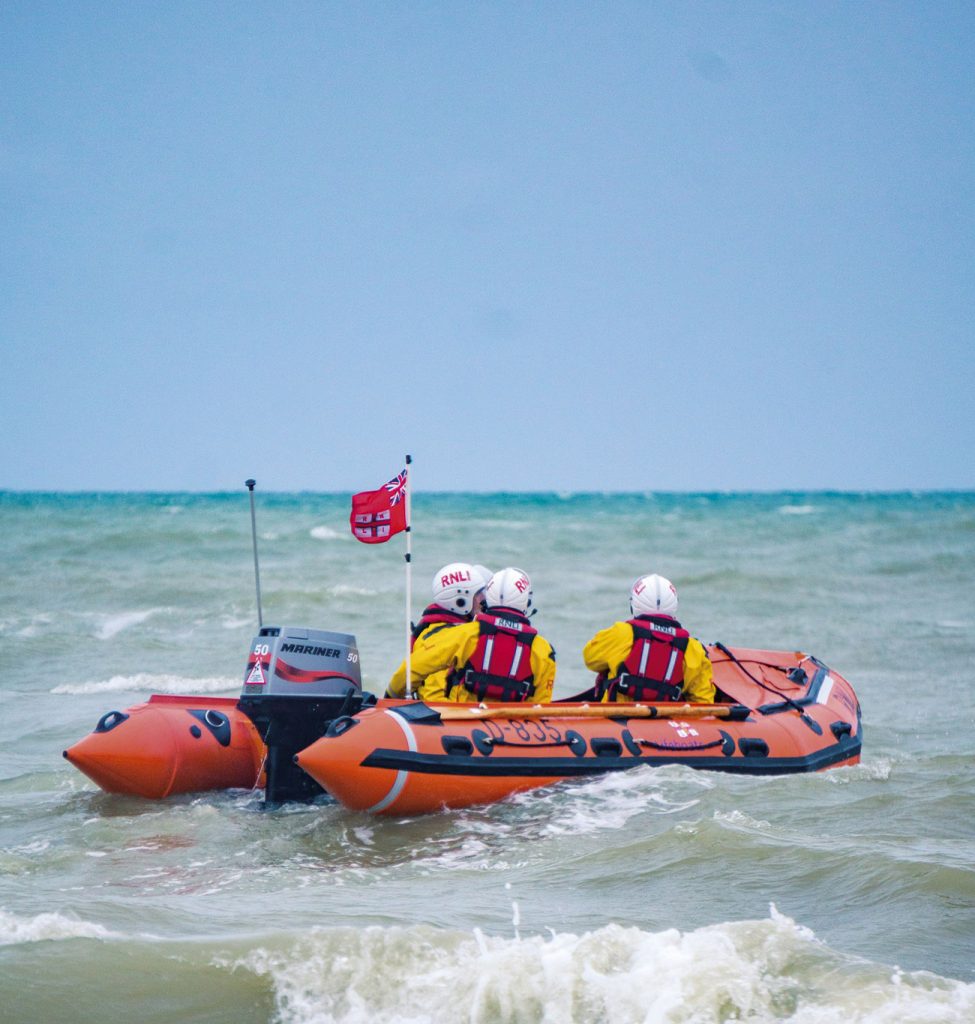
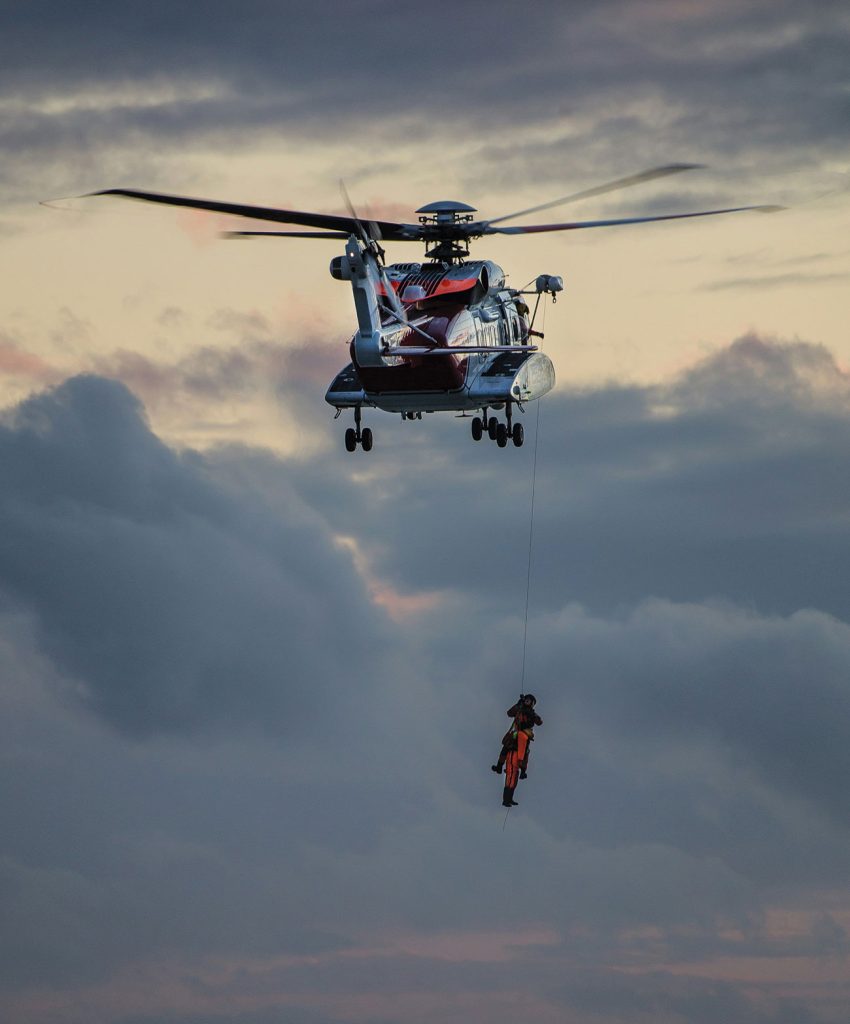
A Growing Market
The civil security gear market has expanded rapidly. Lawrence Harris of WRS International notes that his company has been producing rescue boats and equipment since 2015, but the recent spike in demand underscores an urgent need for better solutions. Many manufacturers now recognise the opportunity to develop high-performance rescue gear.
For example, during the Valencia floods, responders were seen wearing neoprene wetsuits, which Marco Babuin of Sandiline warns are unsuitable for flood situations. Neoprene offers little protection against bacteria, hydrocarbons, and contaminants in floodwaters, posing long-term health risks. In contrast, drysuits provide superior protection. With increased awareness and funding, demand for high-quality rescue drysuits is expected to rise. Many organisations can now afford full drysuit lines thanks to government grants and funding shifts post-COVID.
Industry Collaboration & Innovation
Manufacturers are working closely with rescue professionals to refine their products, ensuring they withstand the toughest conditions. Guillaume Barbier of Aquadesign highlights the importance of field testing:
“This sector brings together passionate individuals working in extreme conditions, testing equipment designed to meet highly specific requirements. Their feedback drives innovation and technical advances.”
Beyond aiding professionals, these innovations also enhance recreational paddlesports. Technologies developed for civil security often improve product design, quality, and performance across the industry.
Inflatable technology advancements – Essential for professional teams needing easy-to-deploy rescue solutions.
GPS and tracking innovations – Benefiting both responders and outdoor enthusiasts.
Manufacturers frequently test products in partnership with civil security teams, simulating real-world flood conditions in controlled environments like whitewater courses. Extreme kayakers also contribute valuable insights, helping refine gear for unpredictable, high-risk environments.
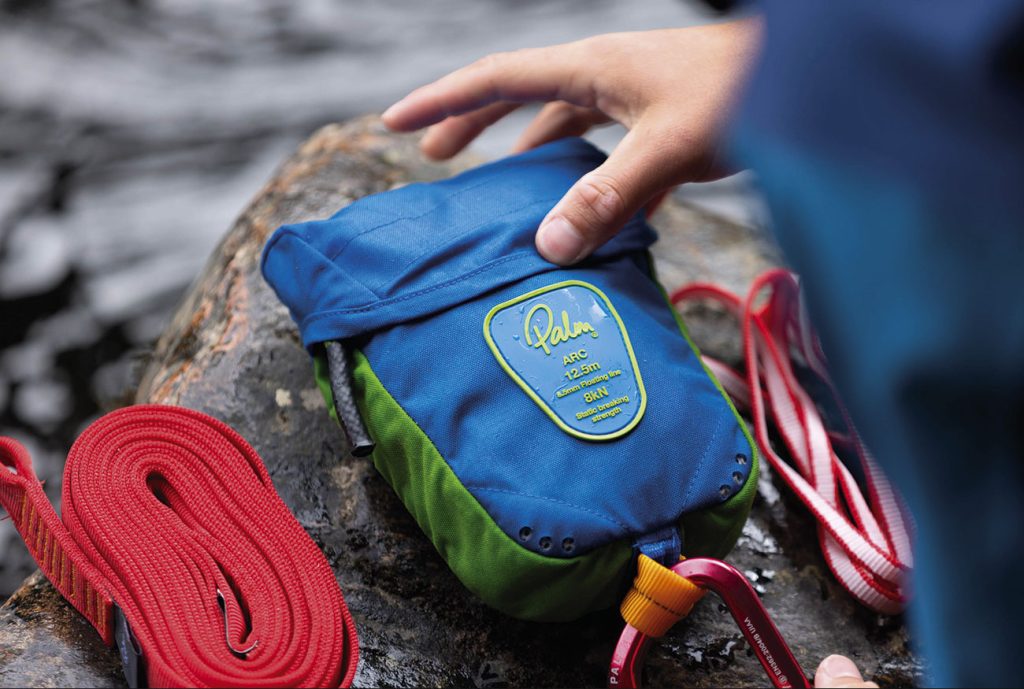
The Future of Paddlesports & Rescue Gear
The demand for specialized civil security gear will continue to drive innovation. Equipment designed for professionals also enhances recreational paddling experiences, improving safety for everyone on the water.
However, even the best gear cannot replace proper training. Effective rescues depend on the knowledge and preparedness of those using the equipment. This is where the paddlesports industry plays another crucial role—providing training opportunities to improve safety and effectiveness.
Training programs like Rescue 3, taught by whitewater professionals worldwide, are already bridging the gap between paddlesports expertise and real-world rescue operations.
With innovation, collaboration, and education, the industry is poised to make an even greater impact—both on and off the water.

